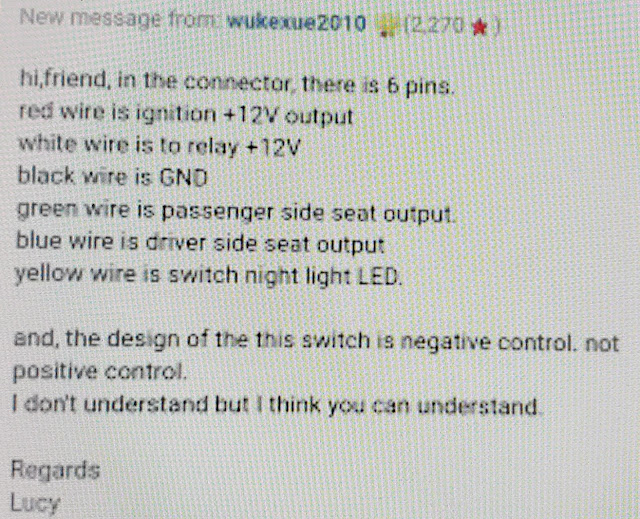4 hours
One of the side effects of switching my voltage regulator to that AVC1 was that pulling an RPM reading directly from the alternator was no longer going to be reliable. I thought this would be some kind of simple fix but it was a little more complicated than I expected!
After researching around a bit I decided the easiest way to get an RPM reading to the G3X would be with a Hall effect sensor that could sense the teeth on the flywheel. I found this Honeyweel LCZ260 that seemed like it would work.
This would have been way easier to do before the engine was installed on the plane, but there seemed to be room to mount the sensor on the upper left side of the flange at the back of the engine (where the transmission would mate up in a car), just above the starter. I tried a few different ideas for how to mount it, and ended up just using a simple little piece of angle I had in the scrap pile.
This is looking at the left side of the engine; you can see the little starter gear below. I just drilled through the aft baffle fence and the flange to mount my little angle there.
Once I had the bracket location figured out, I adjusted the nuts to set the end of the sensor as close to the flywheel teeth as I could (obviously making sure nothing made contact anywhere). I used a locknut on the lower nut to ensure it won't ever loosen and fall into the flywheel, and I also put loctite on the upper jam nut too for good measure.
I routed the 3-wire lead from the sensor through the firewall with all the other wires, and connected it to the RPM pins on the GEA24 (+12v, ground, and signal). Then all I had to do was set up the G3X to understand the sensor output. To calibrate the sensor, you need to tell the G3X how to convert the signal in hertz into RPM. The flywheel has 88 teeth, so every 88 pulses equal one revolution. To convert 88 hertz into revolutions per minute you just divide 88 by 60, and that's pretty much it.
The G3X let me put 8 data points in to form a calibration curve, but it's linear so I don't really think it matters too much. Anyway once I got that all set up I tested it by just cranking the starter with the spark plugs removed, and it read 250 RPM, same as before. So I think it works!

































